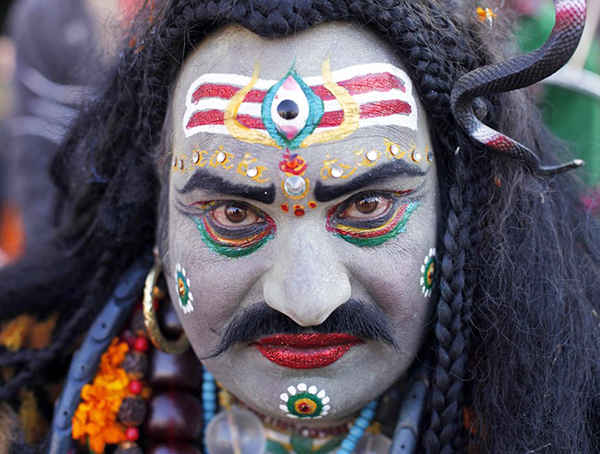Why Indian guys are not attractive?
The question of why Indian men might be perceived as unattractive by some is complex and multi-faceted. It involves a mix of cultural, historical, social, and media-related factors. It is important to recognize that attractiveness is subjective and varies greatly across different cultures and individuals.

Here, we’ll explore various reasons that might contribute to this perception.
Historical Factors

Colonial Influence
The British colonial rule in India left a lasting impact on the country’s social and cultural dynamics. The British promoted Western standards of beauty, which often marginalized Indian features. This led to a long-standing preference for fairer skin, which was considered more desirable. This preference is still prevalent in many parts of Indian society today and can affect perceptions of attractiveness.
Traditional Gender Roles
Historically, Indian society has been deeply patriarchal, with defined roles for men and women. Traditional masculinity in India often emphasized qualities – example: strength, authority, and dominance over appearance. This cultural backdrop may contribute to a lesser focus on physical attractiveness among men compared to some other cultures.
Societal and Cultural Influences

Beauty Standards
Indian beauty standards have traditionally placed a higher value on women’s appearance, often sidelining men’s grooming and self-care. As a result, there may be less societal pressure on Indian men to conform to global standards of physical attractiveness.
Media Representation
Indian media has a significant role in shaping perceptions. Bollywood, for instance, often promotes certain stereotypes about masculinity that may not align with global beauty standards. While there has been progress in showcasing diverse looks and styles, many mainstream representations still adhere to traditional norms.
Health and Lifestyle

Diet and Fitness
Dietary habits and lifestyle choices can influence perceptions of attractiveness. Indian cuisine, while diverse and flavorful, can be high in carbohydrates and fats, which might contribute to health issues like obesity. Additionally, the emphasis on academics and professional success can sometimes overshadow the importance of physical fitness and grooming.
Skincare and Grooming
Skincare and grooming practices are becoming more popular among Indian men, but they have historically been less emphasized compared to Western countries. This difference in grooming standards can impact perceptions of attractiveness.
Globalization and Changing Trends

Western Influence
Globalization has brought Western beauty standards to the forefront, influencing how attractiveness is perceived worldwide. Indian men, like men from other non-Western cultures, might face challenges fitting into these often Eurocentric standards.
Increasing Awareness
There is a growing awareness and acceptance of diverse beauty standards. With the rise of social media and global interconnectedness, there is more exposure to different ideals of attractiveness. This is gradually shifting perceptions and encouraging a more inclusive view of beauty.
News and Recent Trends

Positive Representation
In recent years, there has been a positive shift in the representation of Indian men in global media. Figures like actors, athletes, and influencers are breaking stereotypes and showcasing a broader range of attractive qualities. This is helping to challenge outdated notions and celebrate diversity in attractiveness.
Fitness and Grooming Industry Growth
The fitness and grooming industries in India are booming, with more men investing in personal care and fitness. This shift indicates a growing trend towards valuing physical appearance and well-being, which may change perceptions over time.
Perceptions of attractiveness are influenced by a myriad of factors including historical, cultural, societal, and media influences. While some historical and cultural aspects may have contributed to certain stereotypes about Indian men, these perceptions are evolving. Greater exposure to diverse beauty standards and a growing emphasis on fitness and grooming are helping to reshape these views.
It is crucial to remember that attractiveness is highly subjective and culturally relative, and there is an increasing appreciation for diversity in beauty across the globe.












